Traditional Music and Dance Forms: Traditional music and dance forms are essential components of cultural heritage in societies across the globe. They reflect the rich history, beliefs, and customs of a particular community or region. These art forms have been passed down from generation to generation, carrying with them the essence of a people’s identity. In this article, we will explore the significance of traditional music and dance forms, their diverse manifestations, and the importance of preserving them for future generations.
I. The Significance of Traditional Music and Dance
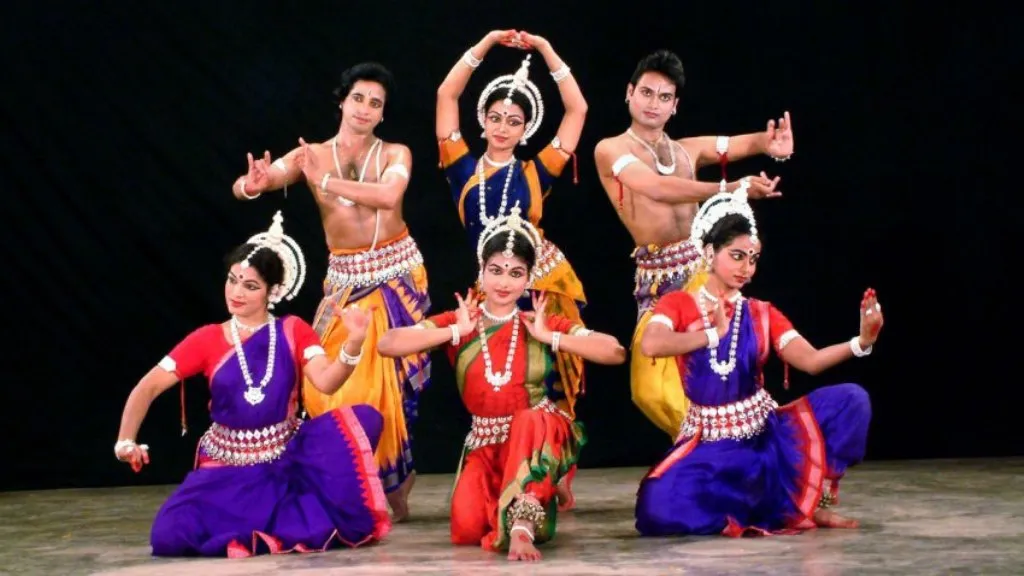
Traditional music and dance serve as powerful mediums for expression, communication, and storytelling. They play a vital role in preserving a community’s collective memory, providing a link between the past and the present. These art forms encapsulate the experiences, values, and emotions of a society, serving as a vehicle for cultural transmission and intergenerational exchange.
II. The Diversity of Traditional Music and Dance Forms
A. Folk Music
Folk music represents the soul of a community, rooted in the daily lives and experiences of ordinary people. It is characterized by simple melodies, heartfelt lyrics, and the use of traditional instruments. Each region boasts its own unique folk music style, reflecting the geography, climate, and historical influences of the area. From the haunting ballads of Celtic tradition to the lively rhythms of African tribal music, folk music resonates with diverse audiences worldwide.
B. Classical Music
Classical music, often associated with formal compositions and sophisticated performances, represents the pinnacle of musical artistry. In various cultures, classical music traditions have flourished, embracing intricate melodies, complex harmonies, and precise rhythms. From the intricate ragas of Indian classical music to the elaborate symphonies of Western classical music, these art forms require years of rigorous training and mastery.
C. Ritualistic Music and Dance
Many traditional music and dance forms are deeply intertwined with religious or ceremonial practices. These rituals serve as an avenue for connecting with the divine and invoking spiritual experiences. The sacred music and dance performances enhance the atmosphere, creating a sense of unity and transcendence. Examples include the Sufi Qawwali music of Pakistan and the mesmerizing Balinese traditional dance performances.
III. The Importance of Preserving Traditional Music and Dance
A. Cultural Identity
Traditional music and dance serve as a vital link to our cultural roots, reminding us of who we are and where we come from. They provide a sense of belonging and pride, fostering a stronger connection to our heritage. By preserving these art forms, we ensure that future generations can experience and appreciate their cultural identity.
B. Intergenerational Learning
Traditional music and dance are often passed down from elders to younger members of the community. This intergenerational learning process not only transfers artistic skills but also reinforces cultural values, customs, and traditions. Preserving traditional music and dance forms allows for the continuation of this invaluable transmission of knowledge and fosters stronger bonds within communities.
C. Cultural Diversity and Global Understanding
In an increasingly interconnected world, preserving traditional music and dance forms contributes to the preservation of cultural diversity. Each culture’s unique artistic expression adds depth and richness to the global tapestry of human experience. Exposure to diverse traditional art forms fosters empathy, understanding, and appreciation for other cultures, promoting harmony and mutual respect.
IV. Challenges and Solutions
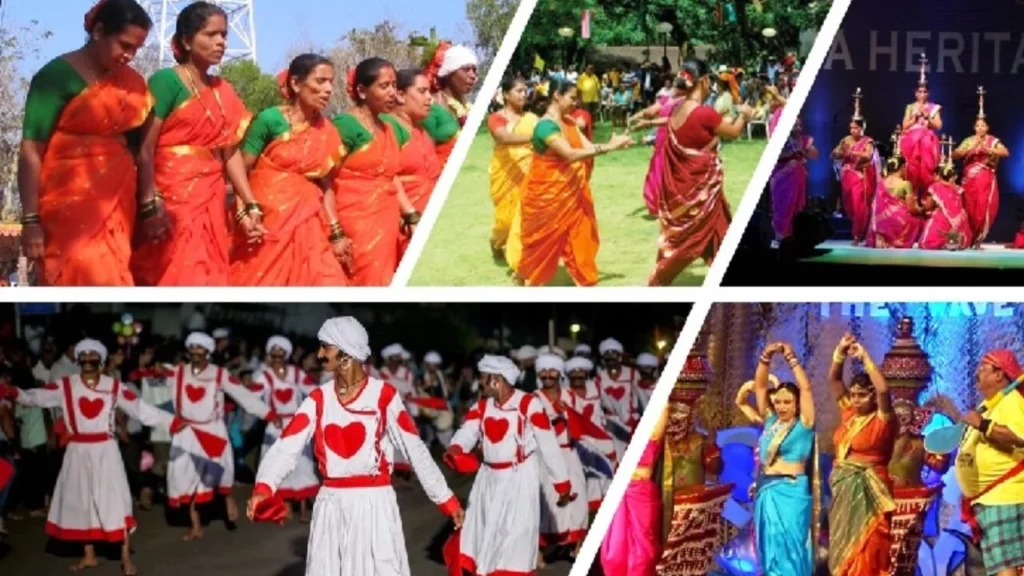
A. Modernization and Globalization
The rapid pace of modernization and globalization poses a significant challenge to the preservation of traditional music and dance. As societies evolve, younger generations may become more influenced by mainstream trends, neglecting their own cultural heritage. Encouraging education and awareness programs, organizing cultural festivals, and integrating traditional art forms into modern contexts can help bridge the gap between tradition and modernity.
Read Also: Adele’s New Music
![]()

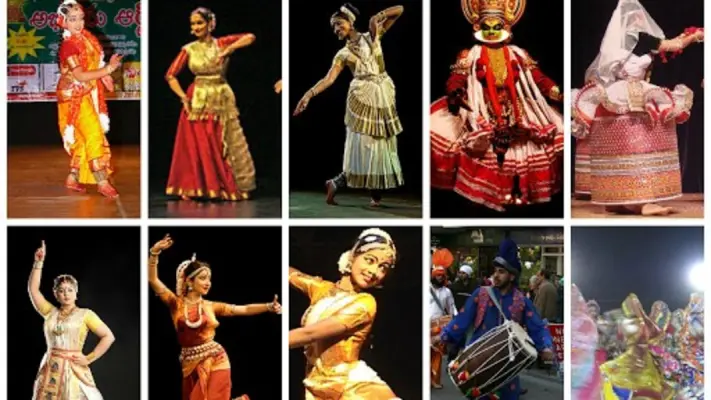

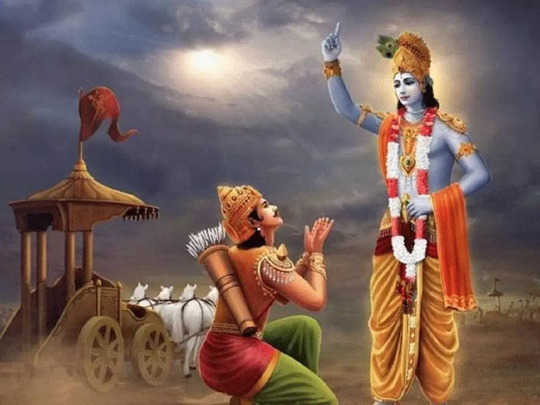
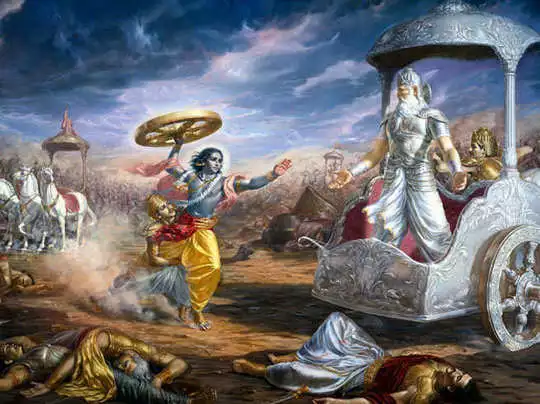

One thought on “Traditional Music and Dance Forms”